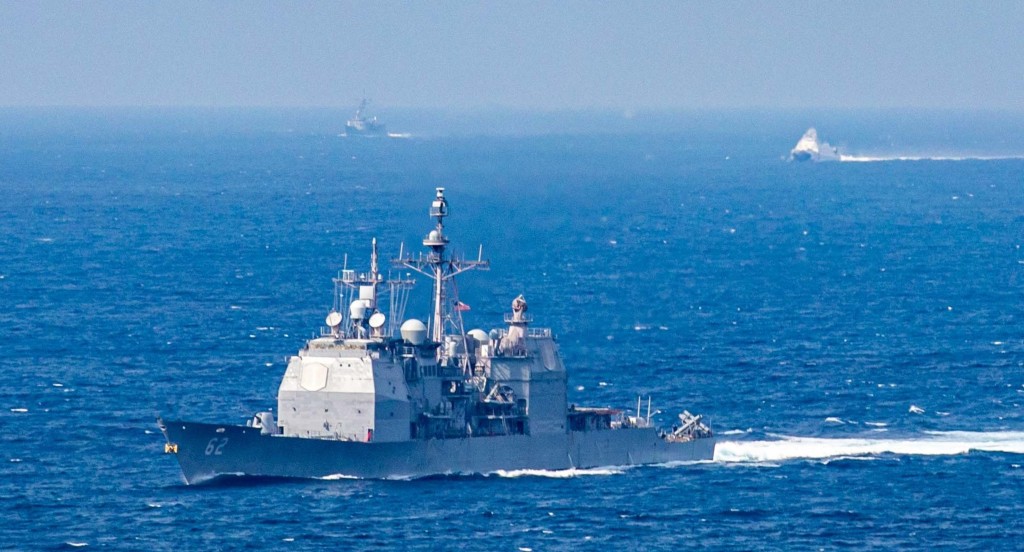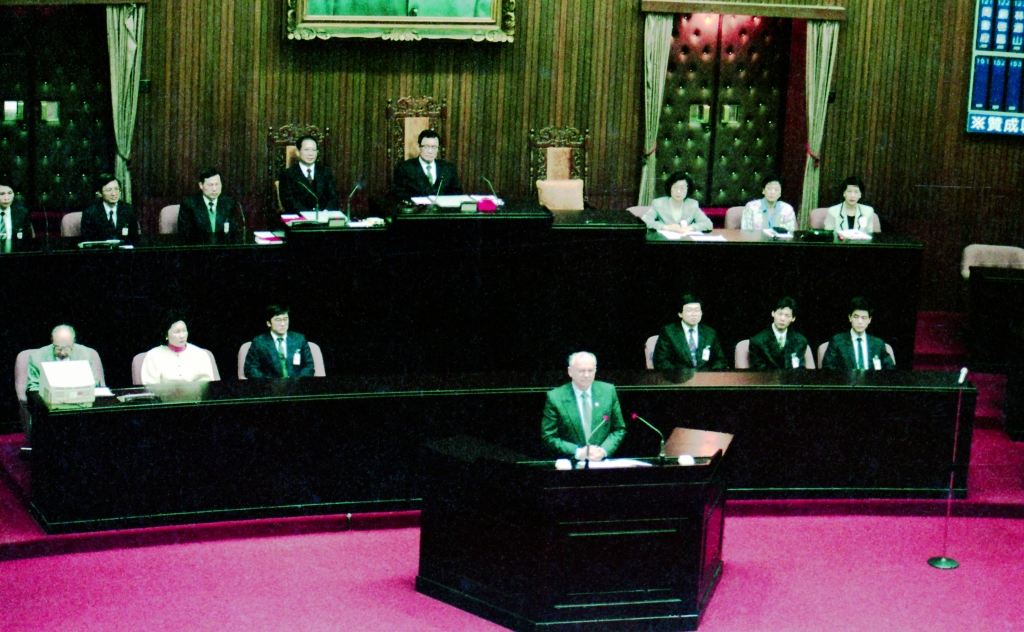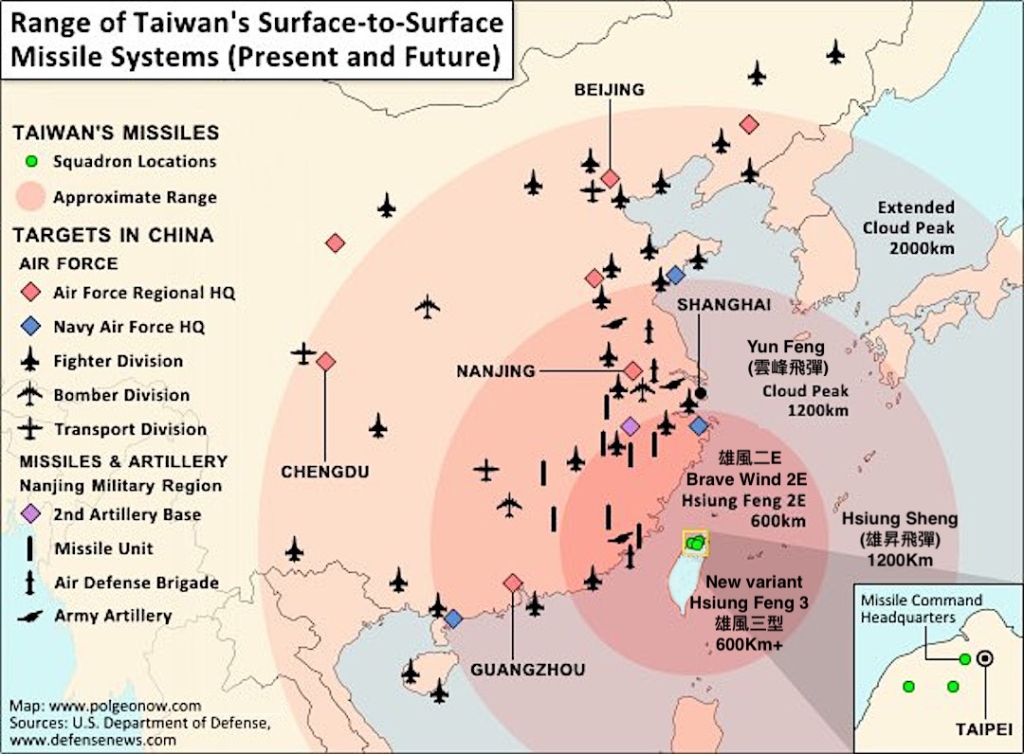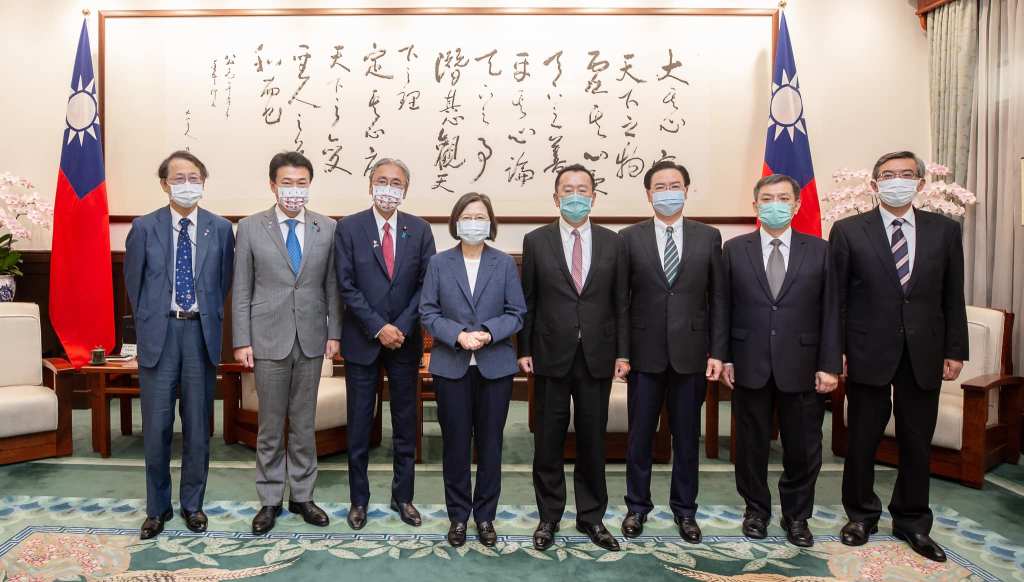
Saw this graph on The Twitters. It fits with a recurring narrative that Taiwan is spending too little on defense, and some of the more obnoxious addendums to this line of thought is that Taiwan is purposely waiting for America to bail it out.
Taiwan should spend at least 3% of its GDP on defense. Taiwan should not have allowed its armed forces to fall below 200,000. I have no idea why a nation like Taiwan, facing the enemy that it has, does not have conscription for men and women for at least a year. Taiwan’s Ministry of National Defense and national security establishments are overdue for thorough modernization and reform. If the point of this graph is that Taiwan should spend more on its military, and take its own defense more seriously, I am in agreement.
How social media and a graph can easily mislead is this. I don’t think Taiwan’s democratic forces have the wherewithal, without sustained assistance from the US and Japan, to reform its national security establishment – Ministry of National Defense, intelligence, etc. One can pour ten times the cash into this structure and raise the conscription time to three years and still get unsatisfactory results. This graph also does a poor job of capturing the effect of decades of contradictory, unsteady, and self-defeating US policy on how to arm Taiwan, and sometimes, even whether or not to arm Taiwan. A few examples:
The US sabotaged Taiwan’s nuclear weapons program. I have mixed feelings about this policy choice, but even if Taiwan only has a credible not totally assembled nuclear deterrence force, maybe the scaremongering headlines of 2022 would read differently.
For decades the US interfered with and sabotaged Taiwan’s indigenous counterstrike/long-range missile programs.
Did Taiwanese combat pilots fly the venerable F-100s and F-104s well into the 1990s because they love history, or because the US prevented sales of advanced jet fighters for decades?
The billions the Taiwanese were forced to spend by US policy to develop the inferior IDF fighters achieve better result had the US sold the jet fighters it was willing to sell to Israel and Korea.
When the US forced Taiwan to purchase the inferior F-16A/B in the 1990s instead of the F-16C/D, with minimal anti-surface munitions and inferior Sparrow missiles, was this about Taiwanese budget or US policy?
Are the Taiwanese, in 2022, still sailing two 1980s Dutch diesel submarines and two World War II era GUPPY IIs because they refuse to spend on defense?
Are the millions Taiwan is forced to spend to cobble together its own indigenous submarines now the best way to spend defense dollars?
How many years did US policy force the Taiwanese Navy to sail World War Two era destroyers?
Or prevented Taiwan from importing AEGIS/VLS for its navy?
Or interfered with Taiwan’s acquisition of anti-ship missiles throughout the 1970s and 1980s, forcing Taiwan into a costly and fun-filled route importing the Israeli Gabriels, reverse engineering it, and manufacturing its own HFIIs and HFIIIs?
Imperial superpowers have the luxury of selective amnesia and never having to apologize. Might makes right, we get it. If you take every single dollar Taiwan has ever spent on the military from 1960 to 2022, and had the US treated Taiwan as an ally like Israel, or Japan, or Korea, or Singapore – if that amount spent by Taiwan could have avoided decades of US policy detours and delays and the DC “balancing” and “managing” and “de-escalation” and “off ramping” …. Taiwan’s security in 2022 would have been in a far, far better place, and US policymakers would not feel this cornered. So yes encourage Taiwan to spend more and do more, but American policymakers should also take a long hard look into the mirror.

© Taiwan in World History 台灣與世界歷史. This site grants open access for educational and not-for-profit use. Maps and illustrations are borrowed under educational and not-for-profit fair use. If you are the rights holder and prefer to not have your work shared, please email TaiwanWorldHistory (at) Gmail (dot) com and the content will be removed.

















